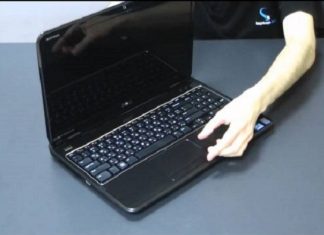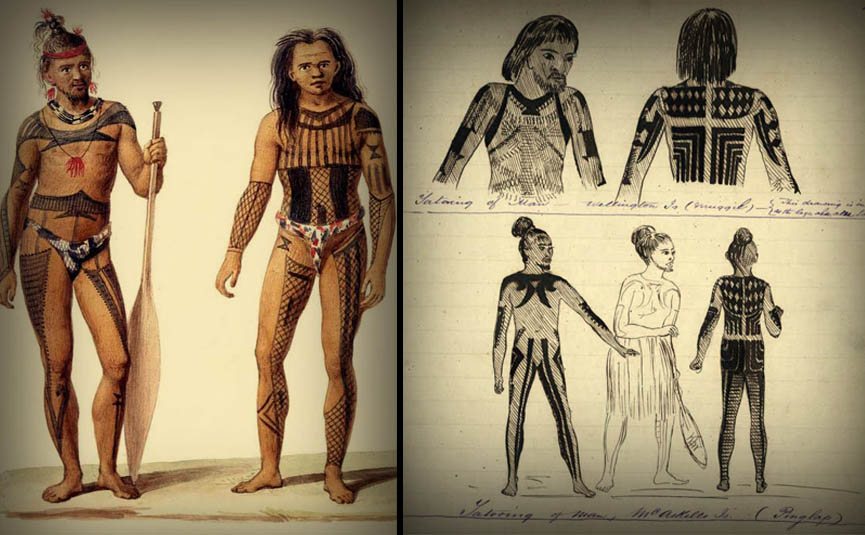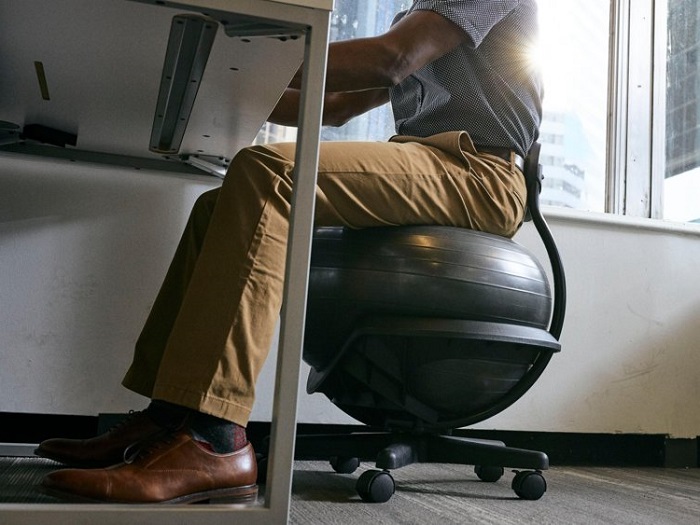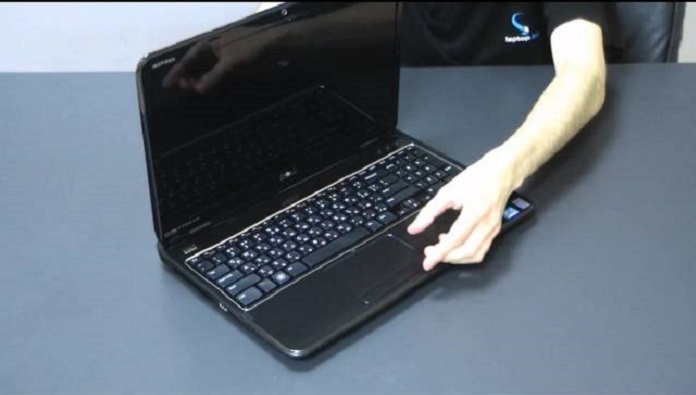Welding clamps are important welding accessories that have a wide range of purposes in the welding process. However, they’re mostly used to hold the two pieces you’re welding together. They can also help you clamp down your workpiece when it’s being drilled and machines, providing extra support when working in awkward positions. There are many different types of welding clamps, the most popular of which are magnetic clamps. That being said, I’ll talk about the pros and cons of magnetic welding panel clamps, their cost, durability and the alternatives.
When Should You Use Welding Clamps?

While it’s possible to weld without clamps, keeping the two pieces at the desired position and angle can prove to be a difficult task. Using welding clamps allows for more accuracy and precision, resulting in higher-quality workmanship and clean seams. Moreover, they allow you to focus on the welding process instead of adjusting the pieces you work on. Welding clamps, when used to hold the metals together, should be used on all four sides. This will ensure the pieces of metal that are welded don’t twist and are firmly held in place.
Types of Welding Clamps
There are many different types of welding panel clamps, including:
- C-clamps – These are the most basic types of clamps used for a variety of tasks. However, they don’t have the same holding power as other, more advanced types
- Vice clams – These are very strong and provide great leverage for holding metal pieces in places. You can rotate them, making them more flexible when working at awkward angles. However, they’re larger in size and require more storage space. Some vice clamps are stationary while others aren’t. The difference between these two types lies in whether you’ll have to tighten them manually or not
- F-clamps – These clamps are used for light-duty projects. They’re easy to use but don’t provide as much holding power. F-clamps can’t rotate
- Magnetic clamps – Arguably the most popular type of clamps. They’re very strong, don’t rust or corrode. You get the most flexibility out of these clamps, allowing you to work at different angles with ease
Why Magnetic Clamps?

There are many reasons why these are the preferred clamps, but the most popular reason is that they’re very easy to use. They don’t require tools, allowing you to easily attach or unattach them using one hand. This is more important than you’d think, as you’ll need to hold your welding torch with the other hand.
Advantages of Magnetic Clamps
Increased Productivity
By using magnetic clamps, you can improve your productivity. This is because you’ll spend less time adjusting the clamps and more time using your welding torch. All you have to do is stick the magnetic clamp to the workpieces you’re working on and get to it.
Increased Convenience
Welding oversized workpieces like pipes becomes much more convenient using magnetic welding clamps. In some cases, welding the pieces without them is actually impossible, especially when welding towards the middle of huge structural, circular, rectangular or square pipes.
Great for Welding Metal Sheets
When welding sheets of metal, magnetic clamps can be a godsend. They constrain the sheets in perpendicular orientation without having to use any complex fixtures. Simply stick them to the metal in the corner of the joint to hold them securely.
Reduce Costs
Using magnetic clamps can decrease the costs of setting elaborate fixtures, such as dogs and wedges. Additionally, labour costs can decrease because you’ll only need one person for the job whereas without them, you’ll probably need two.
Disadvantages of Magnetic Clamps

Only Usable on Ferrous Materials
Obviously, you can only use these clamps on ferrous materials. So, if you’re trying to weld aluminium or non-ferrous stainless steel, you’ll need another type of clamp.
Require Extra Care
You’ll need to be extra careful with your magnetic clamps if you want them to last. That means you can’t just throw them around the job site or store them carelessly, as they might get stuck on another piece of equipment or damaged.
Can Demagnetise
If the magnetic clamp becomes demagnetised, it may fall off the workpieces while you’re welding. This can not only be annoying, but also costly and dangerous.
Alternatives to Magnetic Clamps
If the disadvantages outweigh the advantages of using magnetic clamps, you’ll have to turn to some other form of fixation for your project. After all, clamps are a relatively new invention, and metalworkers and welding professionals have been making welded structures for over a hundred years now. For instance, you can weld a stud or dog onto the workpiece. If you need a very high-strength fixation, a dog can be welded onto a metal plate, and you can use a wedge to move and clamp the plate into the desired welding position. This is most frequently used in the shipbuilding industry where large plates of materials are welded regularly while holding tight tolerances. In light-duty applications, you can bolt or weld a stud to the workpiece just to ground the weld, which you can later cut off and ground smooth after the weld is done















